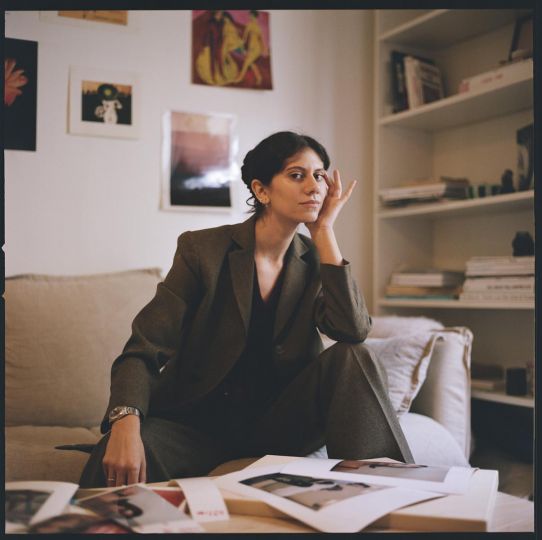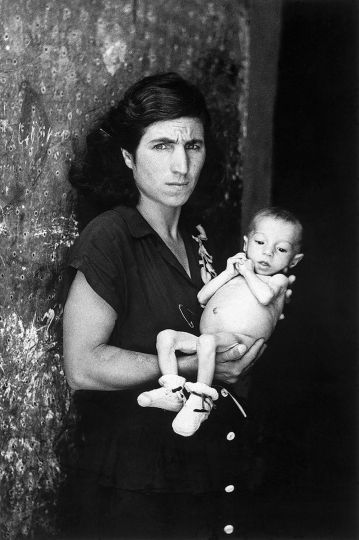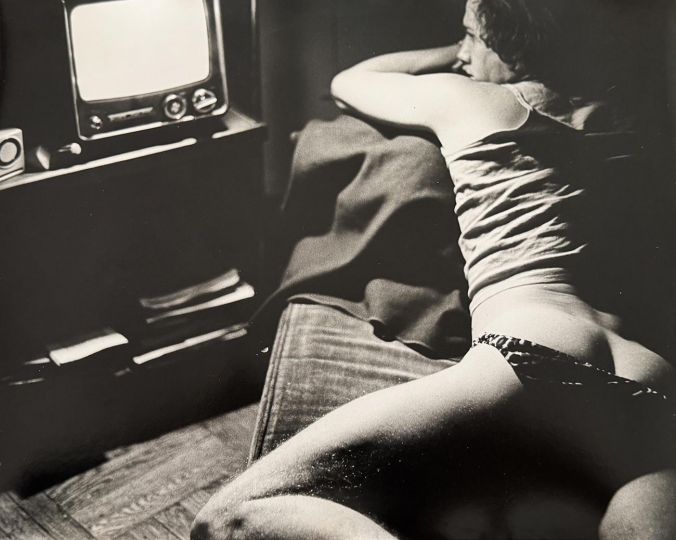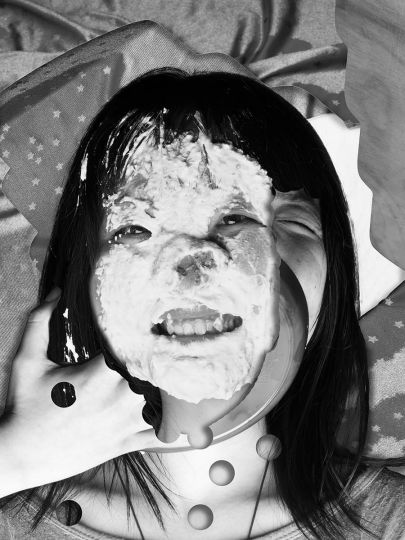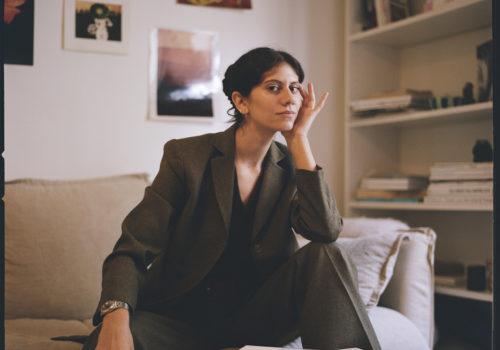What forged our first imaginary world? What impact do postcard landscapes have on our subconscious? Just as some people collect stamps for their unique ability to take us on a journey to another world, Swiss children used to collect the lids of the little pots of cream that have been systematically served with coffee in Switzerland since the late 1960s.
With ‘Escapism’, Roger Eberhard explores the place of these miniature, innocuous photographs on this society. A conversation.
NB : Before turning to these images presented at Galerie Robert Morat, can you tell me about your ‘Das KRD Archiv’ series presented alongside ‘Escapism’ at Grzegorzki Shows, here in Berlin?


